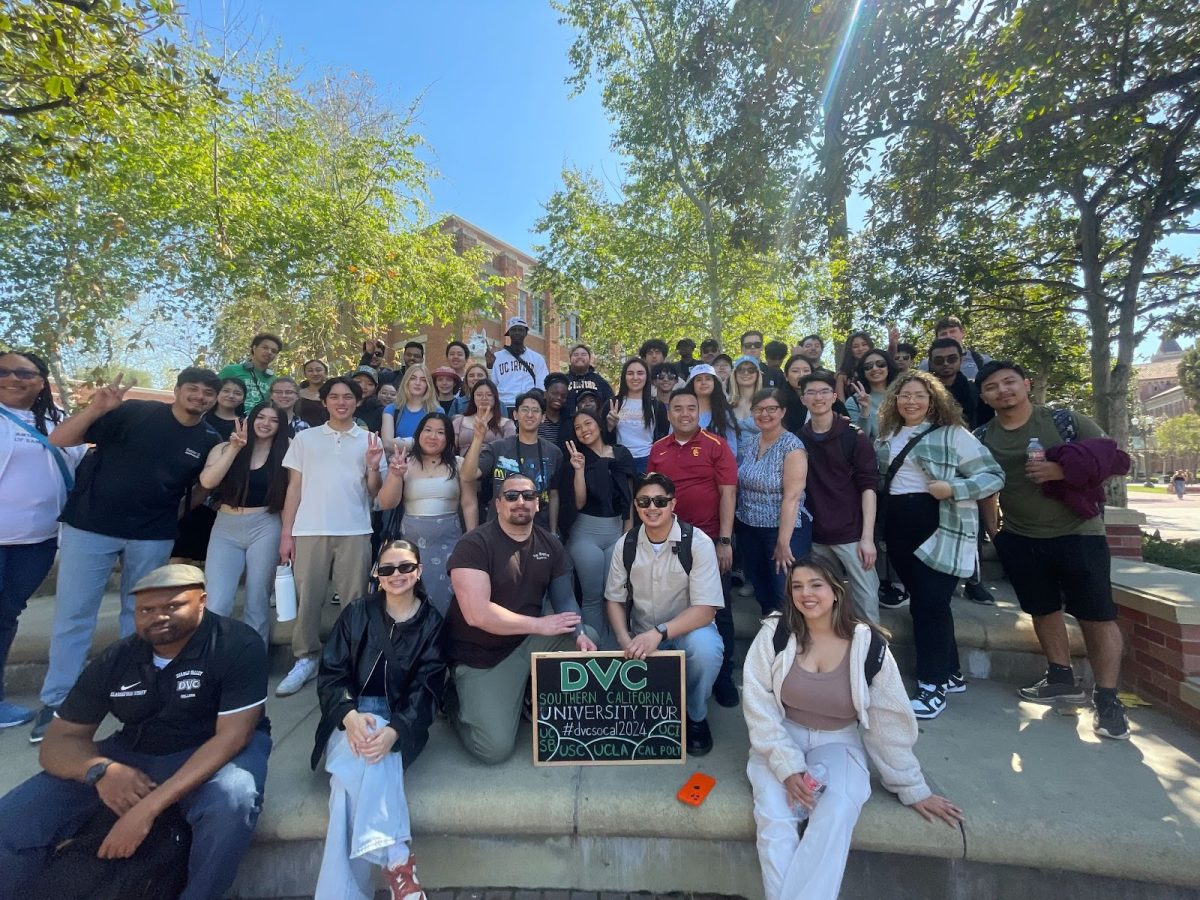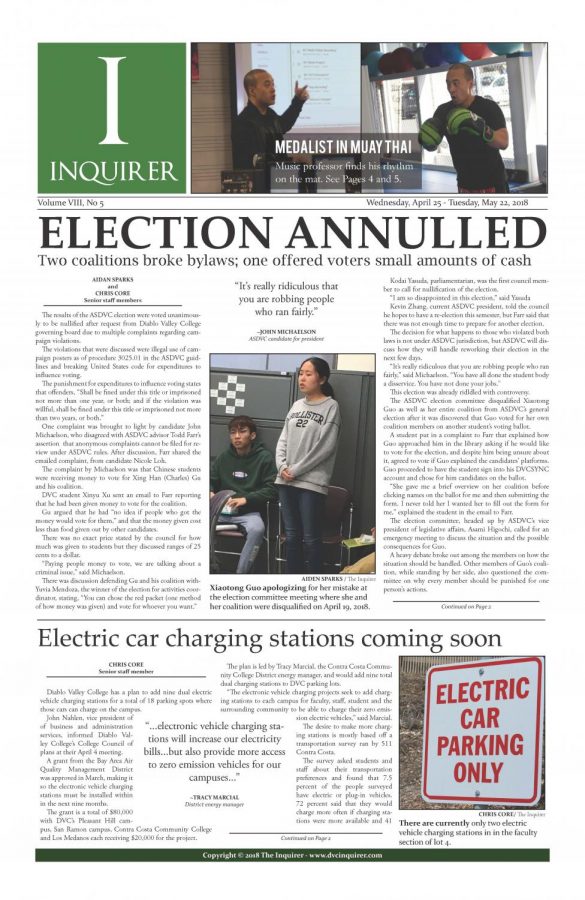Roasting Temperatures and Raging Flames: The New Standard for Californian Fire Seasons
September 24, 2020
Sky-rocketing temperatures, raging wildfires and skies raining ash have plagued California in recent weeks. When will the nearly apocalyptic conditions let up? Unfortunately, science tells us these problems, aggravated by climate change, are likely here for good and will worsen over time.
The sky and air cleared up in the Bay Area over the past week. The air quality index from Sept. 12-15 was “higher than 169, rated as ‘unhealthy.'” From Sept. 21-24 air pollution was no higher than 74, according to the World Air Quality Index.
According to California’s Fourth Climate Change Assessment released in 2018, “By 2100, if greenhouse gas emissions continue to rise, one study found that the frequency of extreme wildfires would increase, and the average area burned statewide would increase by 77 percent.”
Governor Gavin Newsom wrote on Twitter on Aug. 22, “If you don’t believe in climate change, come to California.” About three weeks after the governor’s tweet, he and President Donald Trump met in the state to discuss the raging wildfires
Though it is well known by the public and almost unanimously confirmed by science that climate change is real, President Trump has been clear and vocal about his skepticism of the facts. He has instead, over the last three years, blamed California’s unprecedented rate of wildfires on the state’s management of its forests.
California National Resources Secretary Wade Crowfoot, who attended the president’s meeting with Newsom, disagreed and said, “If we ignore that science, and sort of put our head in the sand, and think it’s all about vegetation management, we’re not going to succeed together protecting Californians.”
President Trump responded, saying, “The climate will start getting cooler, you just watch,” to which Crawford replied, “I wish science agreed with you.” Trump concluded by saying, “I don’t think science knows, actually.”
On Sept. 20, Trump spoke on the Fox News program, “Life, Liberty & Levin,” where he again brought up his meeting with Governor Newsom and placed blame for the fires on the state, rather than climate change.
“But I said, ‘You’ve got to manage this. It’s a management thing,’” Trump told the interviewers. “He said, ‘No, it’s global warming.’ I said, ‘When the leaves build up and you have a floor of leaves and the trees fall down and you don’t remove them because the environmentalists don’t want you to touch the tree, within 18 months that tree becomes like a matchstick.'”
On Sep. 23, Gavin Newsom signed an order that will require all vehicles by 2035 to be emission free. Newsom stated, “This is the most impactful step our state can take to fight climate change.”
Scientists know that a major contributing factor to climate change is the burning of fossil fuel, which releases carbon dioxide into the air that gets trapped in the atmosphere, causing the planet’s temperature to rise. The U.S. Environmental Protection Agency confirms that “since 1970, CO2 emissions have increased by about 90%, with emissions from fossil fuel combustion and industrial processes contributing about 78% of the total greenhouse gas emissions increase from 1970 to 2011.”






































































